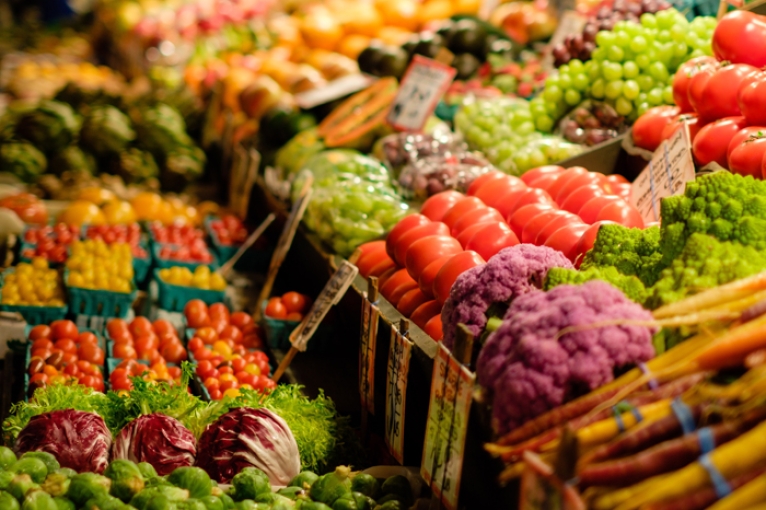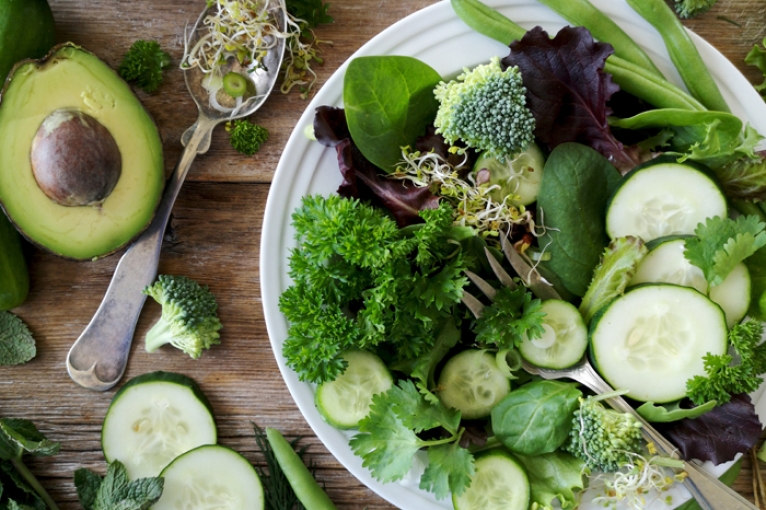Veg Out! 5 reasons to eat more veggies
Got vegetables? Nine out of 10 Americans are falling short...and missing out. Who can resist garlicky sautéed ‘shrooms, candy-sweet roasted tomatoes, or a creamy kale Caesar salad? Here are five reasons to load more of the all-star plants onto your plate.
1. They’re all winners.
When it comes to packing in the nutrients, filling you up, and helping you skimp on calories per bite, nothing beats veggies.
So what if your favorites aren’t among our “Superstars”? Life would be dull without cauliflower, zucchini, tomatoes, cabbage, and other “Veggie Goods.”
Even our “Gotta Love ‘em” list is full of surprises. Who knew that jicama and shiitakes had all that fiber? Or that rutabaga offers a decent supply of vitamin C with so few calories?
What’s more, our scores don’t give credit for phytochemicals that may turn out to matter. Click here to see how each vegetable scores in our nutrient ranking.
The bottom line: All veggies are good veggies.
2. Some are standouts.
Popeye knew best. The leafy green gang always leads the pack.
Spinach, kale, Swiss chard, etc., are heavy hitters that rack up the lutein (which may protect your eyes), magnesium, vitamin K, and more.
Other winners: pumpkins, butternuts, and other winter squashes—along with carrots and sweet potatoes—have a boatload of beta-carotene, which makes them orange...and you richer in vitamin A.
3. They protect the heart & brain.
Veggies take center stage in the DASH (Dietary Approaches to Stop Hypertension) diet, to the tune of about 2½ cups a day.
Eating plenty of vegetables (and fruit) is a great way to rack up potassium, which helps lower blood pressure. That may help explain why people who eat the most vegetables and fruit have a lower risk of heart disease and stroke than those who eat little or none.
4. They do double duty.
Ever try cauliflower or broccoli “rice,” zucchini “zoodles,” or carrot “noodles”?
Finely chopped or spiralized vegetables can change things up when you want fewer calories or just a break from whole wheat pasta, brown rice, or other whole grains.
Veggie “grains” make it easier to cut back on refined carbs, curb calorie density, or fill half your plate with vegetables, like health authorities recommend.
(Predictably, the rice industry isn’t happy about the growing trend. “Rice is a grain, not a shape,” the USA Rice Federation president complained to the FDA. What the industry calls “rice pretenders” shouldn’t be allowed to carry names like “cauli rice,” she said, though “riced cauliflower” would be fine.)
5. They’re delish.
You caught our Healthy Cook’s Stir-Fried Vegetables in Black Pepper Sauce, right?
And don’t forget veggies when you need something to tide you over until lunch or dinner. Crunch on mini cukes, bell peppers, snap or snow peas, or carrots. Or dunk them in dips like hummus, tzatziki, or baba ganoush.
Mmm.
Continue reading this article with a NutritionAction subscription
Already a subscriber? Log in

LET'S GET COOKING
Our tips for buying, cooking, and eating vegetables

MORE ON VEGETABLES

